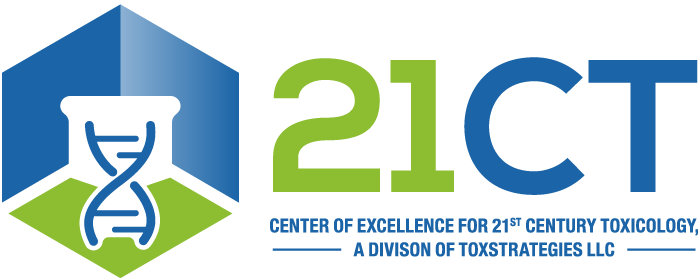Wikoff D, Thompson C, Perry C, White M, Fitzgerald L, Borghoff S, Haws LC. Development of an oral cancer slope factor and lifetime average daily dose estimates for TBBPA. Presented at the Society of Toxicology’s 53rd Annual Meeting, Phoenix, AZ, March 2014.
Abstract
Tetrabromobisphenol A (TBBPA) is an important flame retardant used primarily as a reactive chemical in the synthesis of printed circuit boards. In this application, it is incorporated into the epoxy and serves a vital role in fire safety. The National Toxicology Program (NTP) recently completed a 2-year bioassay for TBBPA. The objective of this present study was to develop an oral cancer slope factor (OSF) and compare the corresponding risk specific dose (RSD) to appropriate exposure estimates. Of the two potentially treatment-related tumor types observed in the NTP study (uterine tumors in female rats-clear evidence; hepatoblastomas in male micesome evidence), only the uterine tumors were considered for development of a cancer-based toxicity value due to a number of issues with the hepatoblastoma data (e.g., findings not significant when combined with hepatocellular adenomas and/ or carcinomas; data from high dose group not considered in NTP analysis). Using benchmark dose (BMD) modeling, a 95% lower confidence limit (BMDL) was derived with a default linear multistage model with a benchmark response set to 10% extra risk. The resulting OSF was 0.0032 (mg/kg-day)-1, which is equivalent to a RSD of 0.00031 and 0.0031 mg/kg-day at 10-6 and 10-5 risk levels, respectively. This OSF is highly conservative given that TBBPA is non-mutagenic and that tumors are likely occurring via a threshold-based response. However, additional data are required to characterize key events associated with the underlying mode of action in order to support nonlinear assessment of the cancer data. Nonetheless, the lifetime average daily dose estimates for TBBPA (based on exposures to TBBPA in breastmilk, soil/dust, water, and diet from birth through adulthood) ranged from 0.00000022 to 0.0000039 mg/kg-day for central tendency and upper-bound regulatory scenario estimates, respectively. These data indicate that there is a sufficiently large margin of safety between highly conservative cancer-based RSDs and current exposure to TBBPA.
